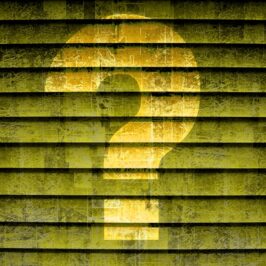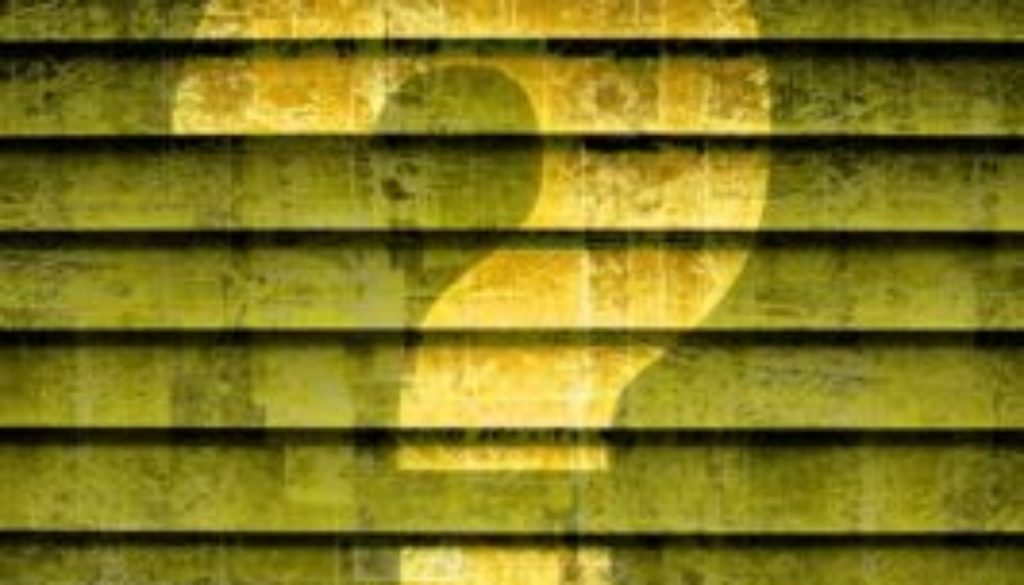What is a Reverse Auction? Why Do Buyers Like Them?
As the process of procurement has become more automated, so has the strategic sourcing process and the components within it. Instead of simple, straightforward auctions or eAuctions where buyers bid on goods and services, today, there are many more options available for different types of strategies buyers can use to help the entire procurement process run more smoothly. One of these is a reverse auction, which runs slightly differently than a regular, straightforward auction. Another is a SoftAuction which is different from a reverse auction. Read on to learn more about what these are and how they fit into the strategic sourcing process.
The Strategic Sourcing Process: Define Strategic Sourcing
To understand the role of reverse auctions in strategic sourcing, it’s wise to have a firm grasp of its meaning. People may often get confused between the meaning of strategic suppliers and the strategic sourcing meaning, but these are two different things.
People may often get confused between the meaning of strategic suppliers and the meaning of strategic sourcing, but these are very two different things. In procurement, you will always be sourcing products and services—it is the very nature of what you do, and there is no escaping the sourcing part of the supply chain or the procurement process. However, when you use a strategic sourcing process, you bring analytics into play and new suppliers into the mix which means you constantly reevaluate and reconsider your options.
Does the strategic sourcing process also answer many questions, such as who are we buying it from? How much are we spending? How often are we buying? Strategic sourcing software helps manage all of the analytics, including risk management, so you’re able to make easy judgment calls.
The Strategic Sourcing Process: What Is a Reverse Auction?
A reverse auction is the opposite of a “regular” auction. For example, if you were to participate in an online auction site, you would bid against competitors until the end, and the highest bid would win the good. However, with a reverse auction, it is the suppliers that bid for your contract. While strategy is involved, sometimes the competition is not always as cutthroat as if you were participating in an online selling site.
would bid against competitors until the end, and the highest bid would win the good. However, with a reverse auction, it is the suppliers that bid for your contract. While strategy is involved, sometimes the competition is not always as cutthroat as if you were participating in an online selling site.
However, it does allow you access to the most competitive pricing in a very short timeframe. You can choose what type of reverse auction you plan to use and the type of feedback you will give to participating suppliers. In addition, the suppliers can see how they rank against the other supplier’s bids or the best bid in the auction. This often works for you instead of against you, and very often, these types of auctions are invite-only, so you are only dealing with pre-approved suppliers, not a large pool of unqualified suppliers.
The Strategic Sourcing Process: What Is a Soft Auction?
A Soft Auction is similar to a reverse auction except that the bidding is done over several days or several weeks, and the bid feedback is often not real-time. A Soft Auction is also not considered to be an “auction” by suppliers, it is typically thought of as a second-round bid or best and final bid. The auction part of it comes in with the feedback that is provided to the suppliers.
The Strategic Sourcing Process: Why Do Buyers Like Reverse and Soft Auctions?
Buyers like reverse and Soft auctions because of their overall benefits. While there are benefits to suppliers as well, reverse auctions are very advantageous to buyers, with benefits such as:
- Better ability to meet deadlines. Auctions often have a set date, which means that the likelihood that delivery dates and production deadlines are met is much higher.
- Expedited overall process. When you’re running a reverse auction, buyers can usually see all of the information they need to know about the buyer in real-time. This means they spend less time on research, and more time on production.
- Competitive pricing. One of the more robust features of reverse auctions and how it fits into the overall strategic sourcing process is competitive pricing derived quickly since suppliers can see how they stand and adjust their pricing accordingly. This allows buyers to get the lowest possible pricing in the shortest time possible.
As with many other automated procurement processes, reverse auctions and soft auctions bring you more efficiency and better ROI when executed properly.
To learn more about the strategic sourcing process, or if you would like a demo on strategic sourcing or reverse auction software, contact EC Sourcing Group today at 73-936-9672. We want you to re-imagine the way you look at procurement.

